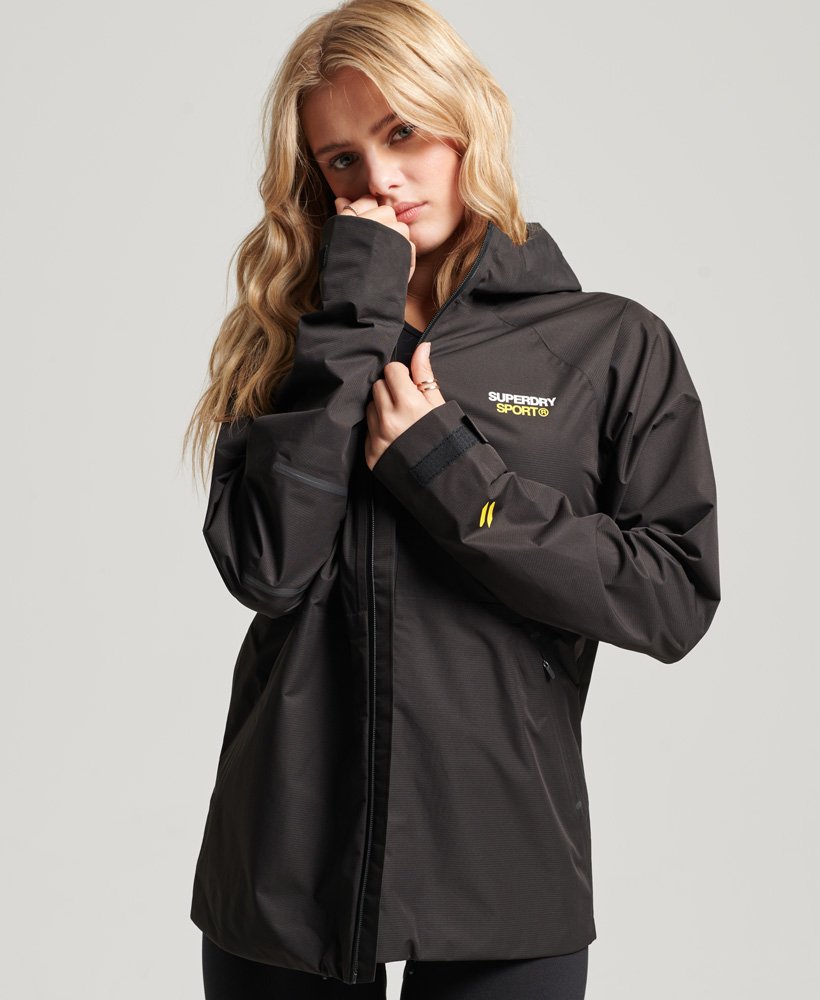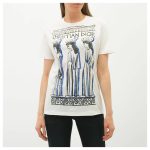Introduction: The Evolution of Rain Jackets
The rain jacket, a staple in outdoor apparel, has undergone significant transformation, driven by advancements in fabric technology and design innovation. Initially, rain protection meant heavy, cumbersome gear that barely breathed, leaving one damp with sweat. However, today’s rain jackets are marvels of lightness and breathability, capable of withstanding severe downpours while maintaining comfort. This evolution has been propelled by the outdoor industry’s relentless pursuit of materials that offer waterproofing, wind resistance, and moisture-wicking properties. Pioneering brands have introduced various technologies, such as Gore-Tex and eVent, which have set new standards in rainwear, making today’s rain jackets more efficient and comfortable than ever before.
Understanding Rain Jacket Technology: What Keeps You Dry
Waterproof and breathable are the two critical features that define modern rain jackets, achieved through innovative fabric technologies. Gore-Tex, the most renowned, incorporates a membrane that blocks rain while allowing sweat vapor to escape, ensuring the wearer stays dry from both external and internal moisture. Other technologies, such as eVent and Pertex Shield, offer similar protection and comfort but vary in weight, feel, and waterproofing levels.
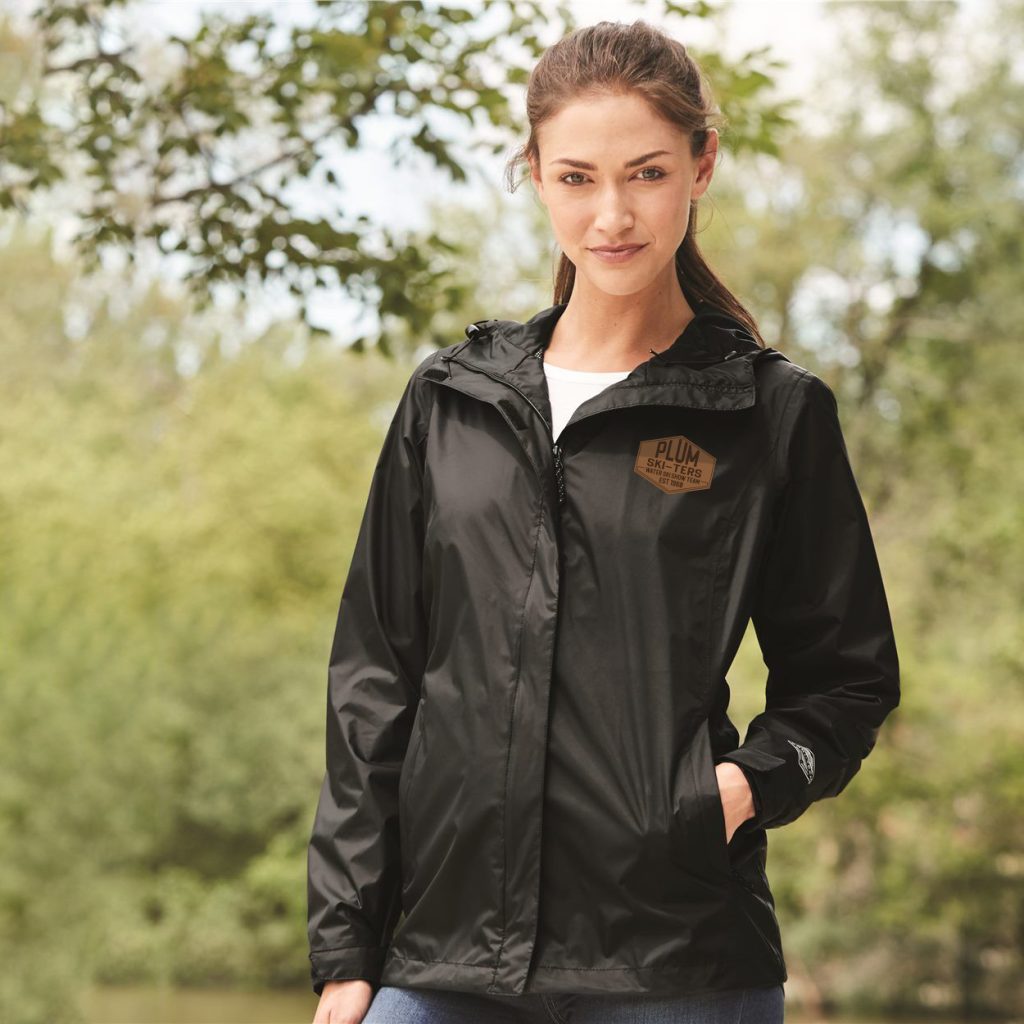
These technical fabrics are often complemented by design features like sealed seams, water-resistant zippers, and adjustable hoods, which enhance the jacket’s overall effectiveness against rain. Understanding these technologies and features is crucial for those seeking a jacket that fits their specific climate and outdoor activities, whether it’s for urban commuting or backcountry hiking.
Criteria for Choosing the Right Rain Jacket
Selecting the ideal rainrain jacket involves considering several factors, such as waterproof rating, breathability, weight, and additional features. The waterproof rating, measured in millimeters, indicates the amount of rainfall a fabric can withstand, with higher numbers offering better protection. Breathability is assessed by the rate at which water vapor can escape the garment, crucial for avoiding internal condensation during physical activity.
Weight is another consideration, especially for travelers and hikers who prioritize compactness and lightness. Lastly, features like pit zips for ventilation, packable designs, and adjustable hoods can significantly influence your choice, depending on your needs. Balancing these criteria with your budget will guide you in finding a rain jacket that offers the best protection and value.
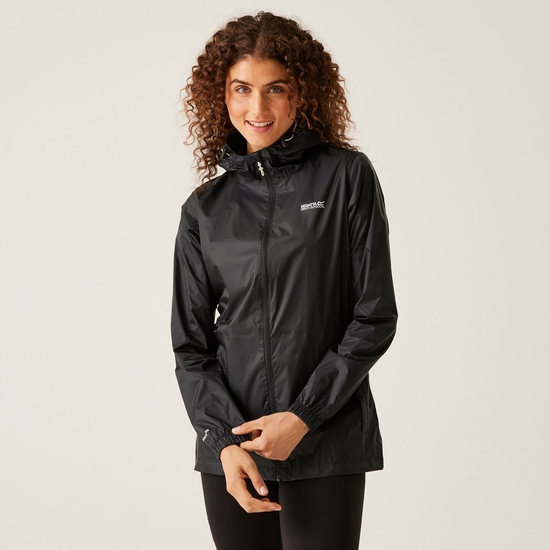
The Role of Rain Jackets in Outdoor Gear
Beyond mere rain protection, a good rain jacket serves as a versatile shield against various elements, making it an indispensable part of outdoor gear. For hikers, backpackers, and climbers, it provides a breathable layer against wind and cold, often doubling as an outer shell over insulating layers in colder weather. In urban settings, stylish, lightweight rain jackets fulfill a dual function of practicality and fashion, offering rain protection without sacrificing style.
For professionals working outdoors, such as in construction or field research, durable, high-performance rain jackets ensure safety and comfort during long hours in challenging conditions. Thus, the rain jacket transcends its basic purpose, adapting to diverse environments and needs.

Sustainability and Innovation in Rain Jacket Production
The outdoor apparel industry’s shift toward sustainability has significantly impacted rain jacket production, with brands exploring eco-friendly materials and practices. Recycled fabrics, PFC-free DWR (Durable Water Repellent) coatings, and responsible manufacturing processes are becoming increasingly common, reflecting a commitment to reducing environmental impact.
Innovation in rain jacket design is not limited to sustainability. Emerging technologies focus on enhancing functionality, such as self-healing fabrics and adaptive breathability, promising a future where rain jackets offer unprecedented protection and comfort. Such advancements highlight the industry’s ongoing effort to meet consumer demands for high-performance, environmentally conscious outdoor apparel.
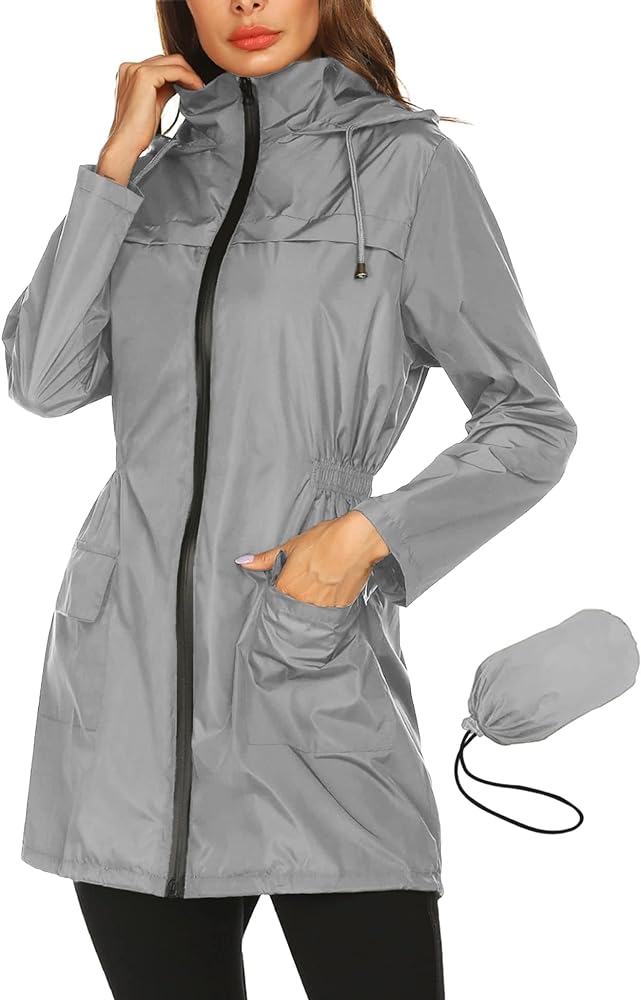
The Future of Rain Jackets: Anticipating the Next Wave of Innovations
Advancements in Waterproof Technology
As we move forward, the trajectory of women jacket technology is set to become even more sophisticated. Innovations in waterproofing are anticipated to focus on enhancing fabric durability and breathability, without compromising on lightness and packability. The introduction of nanotechnology and smart breathable fabrics, which adjust their permeability based on external conditions and body temperature, promises to revolutionize the way we experience comfort and protection against the rain. Such advancements aim to deliver a dynamic response to changing weather conditions, ensuring optimal comfort and dryness in varying climates and physical exertion levels.
Moreover, future waterproof technologies will likely incorporate more environmentally friendly production processes, reducing dependency on non-biodegradable materials and harmful chemicals used in fabric treatments. As the outdoor industry continues to champion sustainability, the next generation of rain jackets will reflect a harmonious balance between unparalleled weather protection and ecological responsibility.
Integrating Smart Features into Rain Jackets
The integration of technology into clothing is not a new concept, but its application in rain jackets is expected to expand significantly. Smart rain jackets, equipped with wearable technology, might offer features like built-in heating elements, UV sensors, and even pollution filters to protect wearers from environmental hazards. Connectivity could be another avenue of innovation, with jackets featuring integrated devices or patches capable of syncing with smartphones, allowing users to monitor weather conditions, navigate, or even send distress signals in emergency situations.
Such smart features could transform rain jackets into multifunctional garments that offer much more than just rain protection, catering to the needs of the tech-savvy adventurer and urban commuter alike. The challenge will be to seamlessly incorporate these technologies without compromising the jacket’s core functions of comfort, breathability, and waterproofness.
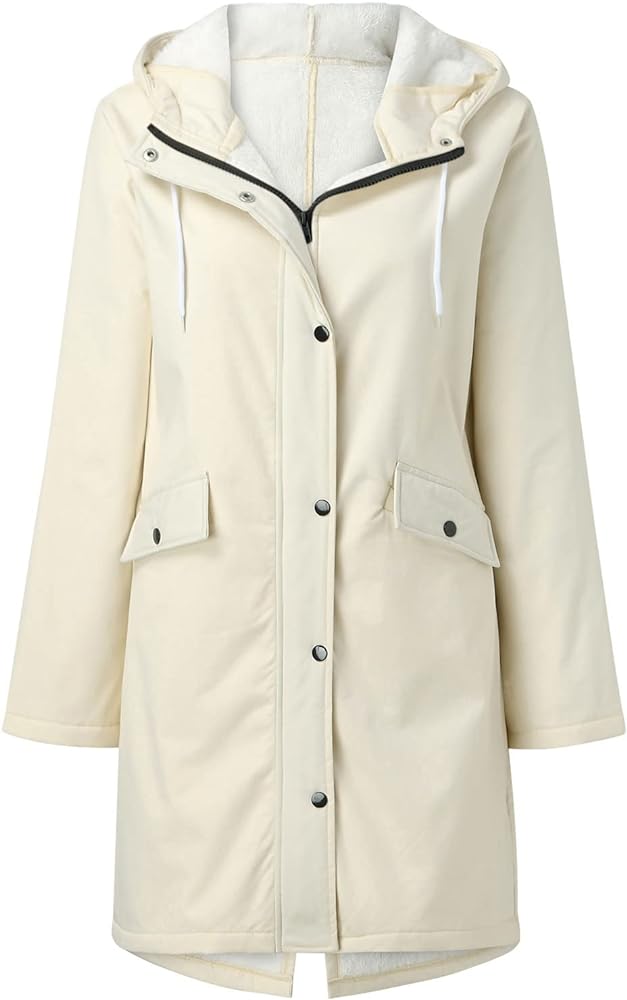
Emphasizing Customizability and Style
Future trends in rain jacket design will likely emphasize greater personalization and style, moving away from the one-size-fits-all approach. Customizability options, such as modular designs allowing users to adjust features like hoods, cuffs, and linings according to their preferences, could become more prevalent. This shift towards personalization will cater to a diverse consumer base, looking for gear that aligns with their specific needs and aesthetic preferences.
Additionally, the distinction between outdoor and urban rain jackets may continue to blur, with designers creating pieces that are as stylish as they are functional. The demand for rain jackets that transition seamlessly from trail to city is expected to grow, driving innovations that combine high-tech waterproofing with fashionable designs.
The Importance of Education and Awareness
As rain jackets evolve, so too must consumer awareness and education. Brands and retailers will play a crucial role in informing customers about the technological complexities, care requirements, and sustainability aspects of modern rainwear. Understanding how to maintain and extend the life of a rain jacket, as well as knowing how to recycle or dispose of it responsibly, will be essential knowledge for the eco-conscious consumer.
Educational initiatives could include workshops, online resources, and in-store consultations, providing insights into the science behind rain jacket technologies and offering tips on selecting the right jacket for various activities and conditions. Such efforts will not only enhance customer satisfaction but also promote responsible consumption practices.
Conclusion: Choosing a Jacket That Suits Your Lifestyle
The modern rain jacket stands as a testament to the incredible strides made in outdoor apparel, offering a combination of weather protection, comfort, and style. Whether you’re an avid hiker, a daily commuter, or someone who simply wants to stay dry, understanding the technology, knowing what features to look for, and considering the environmental impact of your choice can help you select a jacket that aligns with your values and lifestyle.
As we look to the future, the evolution of rain jackets continues, driven by the twin engines of innovation and sustainability. For the consumer, this means a wider array of options tailored to diverse needs and activities. In choosing the right rain jacket, you are not just making a purchase; you are equipping yourself for countless adventures to come, ensuring that a little rain will never dampen your spirit.
